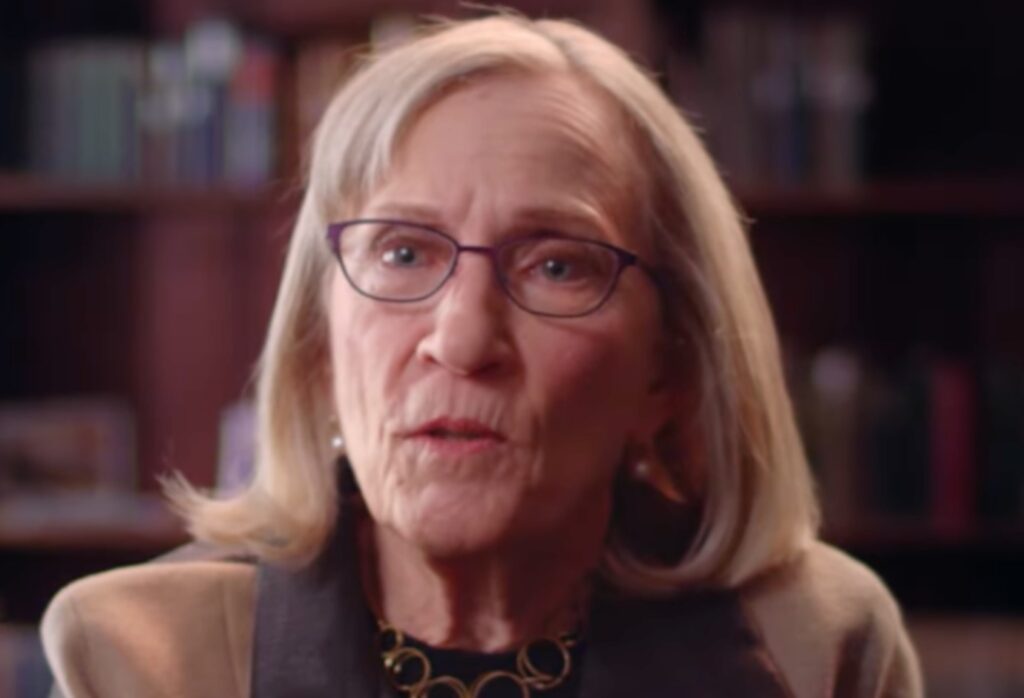Harvard economics professor, Claudia Goldin has become only the third woman in history to win the Nobel prize for economics for her work in explaining the gender pay gap and “advancing our understanding of women’s labour market outcomes,” according to the judges.
On Monday, Hans Ellegren, secretary-general of the Royal Swedish Academy of Sciences announced the 77-year old professor as the winner of the prestigious prize, worth 11m Swedish kronor ($AUD1.56 million).
She is the first woman ever, since the prize was first awarded in 1969 to be honoured solo – previous winners, Elinor Ostrom in 2009 and Esther Duflo in 2019, had shared the prize.
Dr Goldin’s decades worth of research uncovered the ways women are paid less than men on average even when they had higher education levels. Her research also revealed that most of the gap appeared after childbirth.
For her research, Dr Goldin looked at data covering 200 years of women’s participation in the workforce in the US and found that a woman’s role in the job market and her pay are determined by a range of factors, including individual decisions such as educational choices and broad social and economic changes.
Dr Goldin said she was “surprised and very, very glad,” to have received the award.
“We were sleeping, and I had actually woken up earlier and I thought it was 7 o’clock and that wouldn’t be the time for the Nobel,” she said, recounting her reaction. “Everyone knows the Nobel is announced today. So I was ready to wake up and ask Larry [her husband, Lawrence F. Katz, a fellow Harvard economist] to look up who won.”
Explaining her work in her own words, Dr Goldin said she “works on long-term change in economic history, in particular the evolution of women’s economic role and where we are today.”
“The fact that there has been an enormous change and yet there is still large differences between women and men in terms of what they do, how they’re remunerated and so on. And the question is – why is this the case?”
In another interview after her win, she said that she hoped people will register how important long-term changes are to understanding the labour market.
“We see a residue of history around us,” she said. “We’re never going to have gender equality until we also have couple equity…[even though we’ve had] monumental progressive change, at the same time there are important differences” which she said comes down to women doing more domestic labour at home.
The Royal Swedish Academy of Sciences said that Goldin’s research “provided the first comprehensive account of women’s earnings and labour market participation through the centuries.”
“Her research reveals the causes of change, as well as the main sources of the remaining gender gap.”
“Goldin showed that female participation in the labour market did not have an upward trend over this entire period, but instead forms a U-shaped curve. The participation of married women decreased with the transition from an agrarian to an industrial society in the early nineteenth century, but then started to increase with the growth of the service sector in the early twentieth century.”
“Goldin explained this pattern as the result of structural change and evolving social norms regarding women’s responsibilities for home and family.”
Dr Goldin is a trailblazer in a field largely dominated by men — in 1989, she was the first woman to be offered tenure in Harvard’s economics department, and has held presidency roles at the American Economic Association and Economic History Association.
Jakob Svensson, chair of the Committee for the Prize in Economic Sciences, credited Dr Goldin’s work for helping us “understand women’s role in the labour market is important for society.”
“Thanks to Claudia Goldin’s groundbreaking research, we now know much more about the underlying factors and which barriers may need to be addressed in the future,” Svensson said.
Another member of the economic prize committee, Randi Hjalmarsson, said that Dr Goldin’s discovers have “vast societal implications.”
“By finally understanding the problem and calling it by the right name, we will be able to pave a better route forward,” Hjalmarsson said.
“She explains the source of the gap, and how it’s changed over time and how it varies with the stage of development. It’s a complicated policy question, because if you don’t know the underlying reason, a certain policy won’t work.”
“By finally understanding the problem and calling it by the right name, we will be able to pave a better [way] forward.”
Throughout her career, Dr Goldin has penned several books and academic papers about the origins of inequality in the US workplace.
Her 1992 book, Understanding the Gender Gap: An Economic History of American Women, was a game-changing title that explained how wage inequality evolved over the last 250 years and debunked the myth that women’s employment advances were a reaction to social revolution rather than long-run economic progress.
Last week, several other Nobel prizes were awarded, including one to Iranian rights activist Narges Mohammadi, who won the Nobel Peace Prize.


